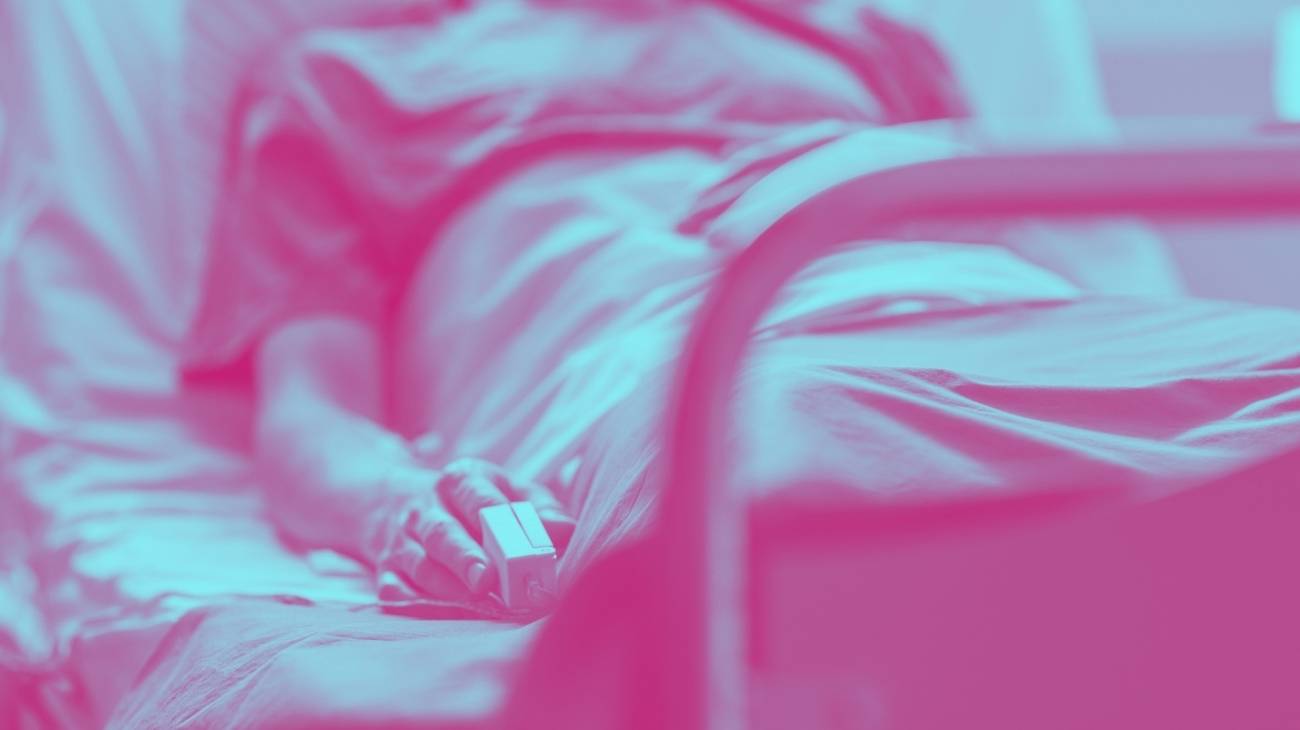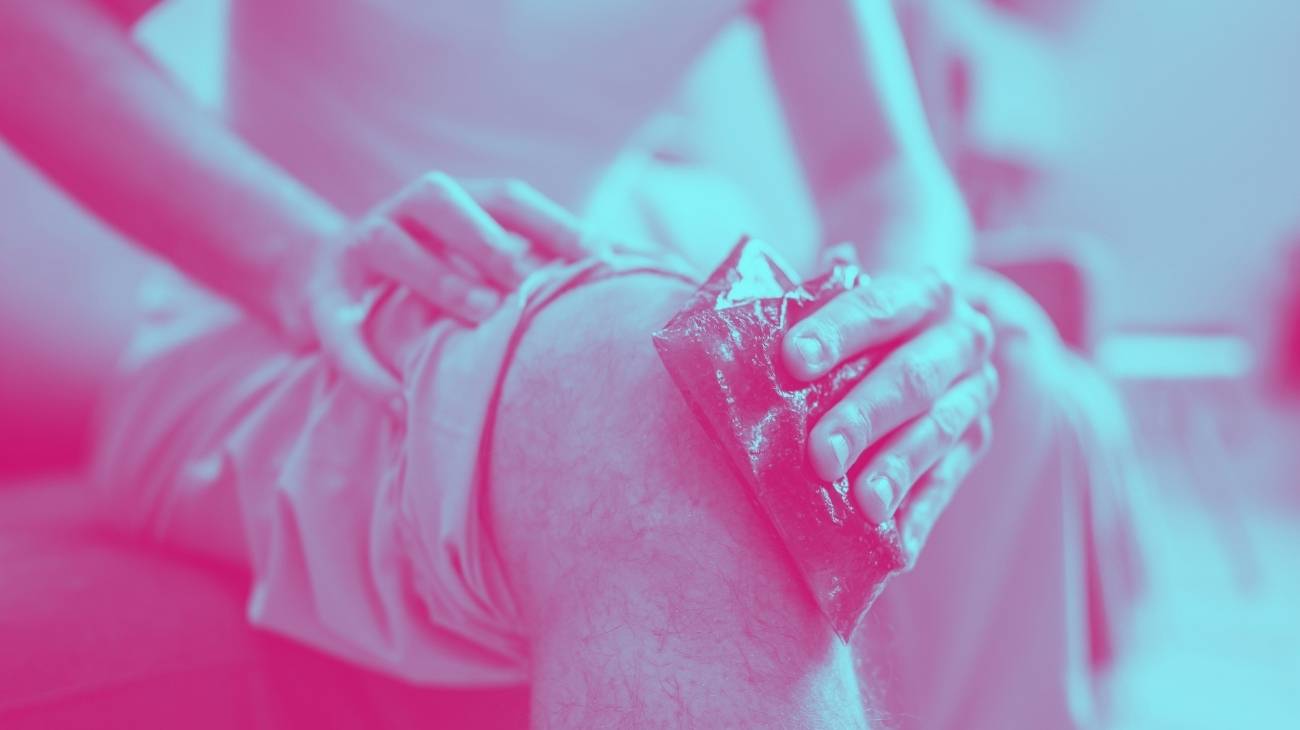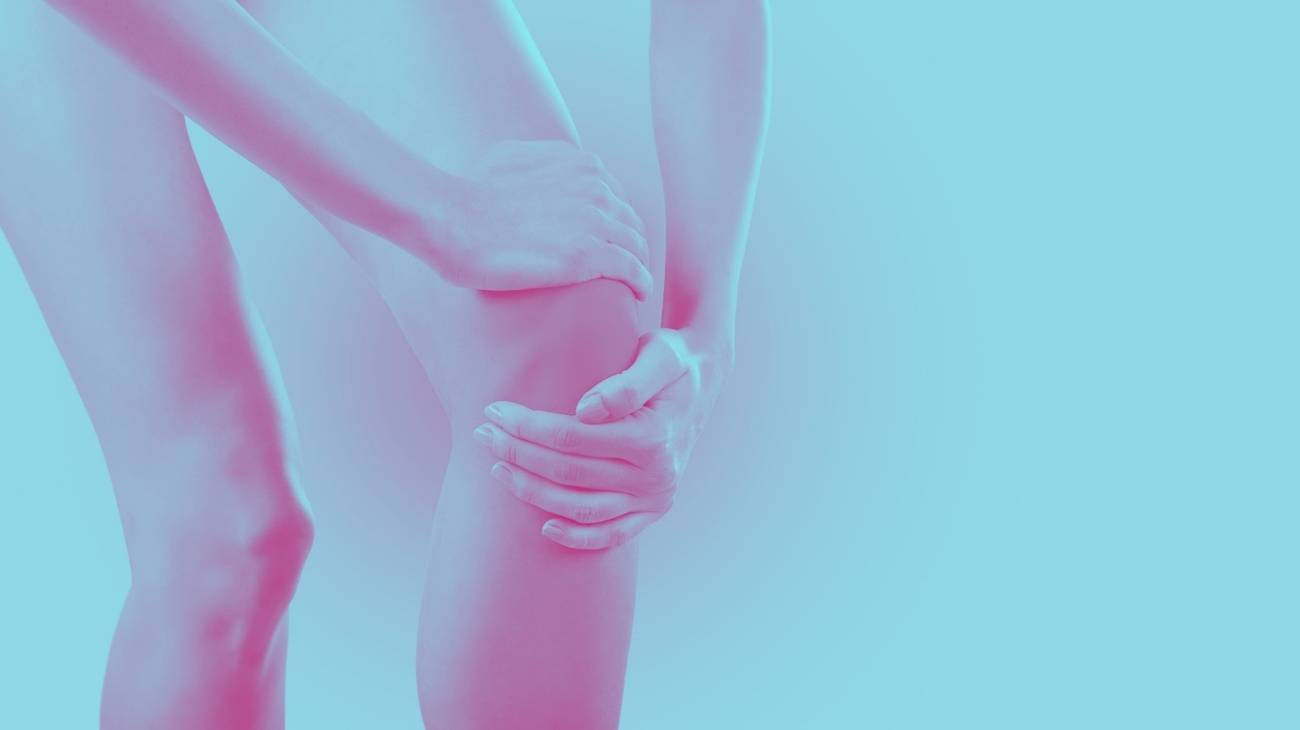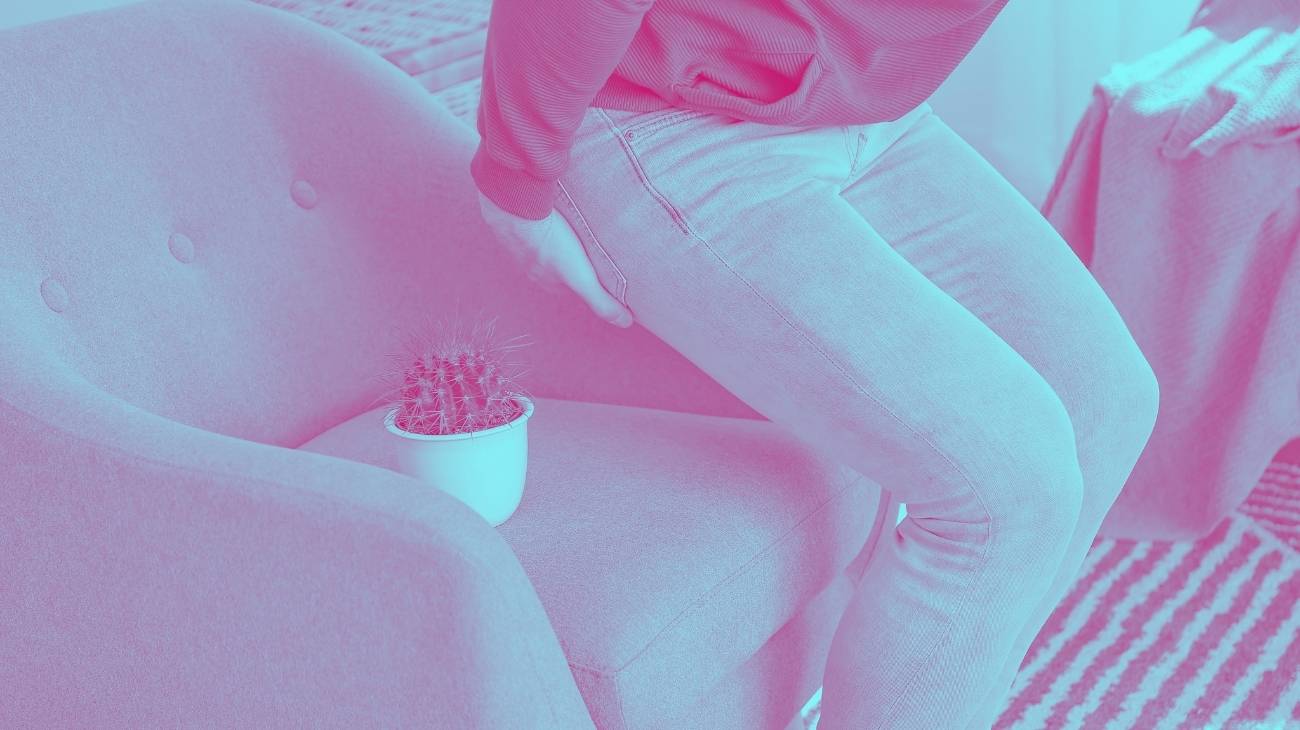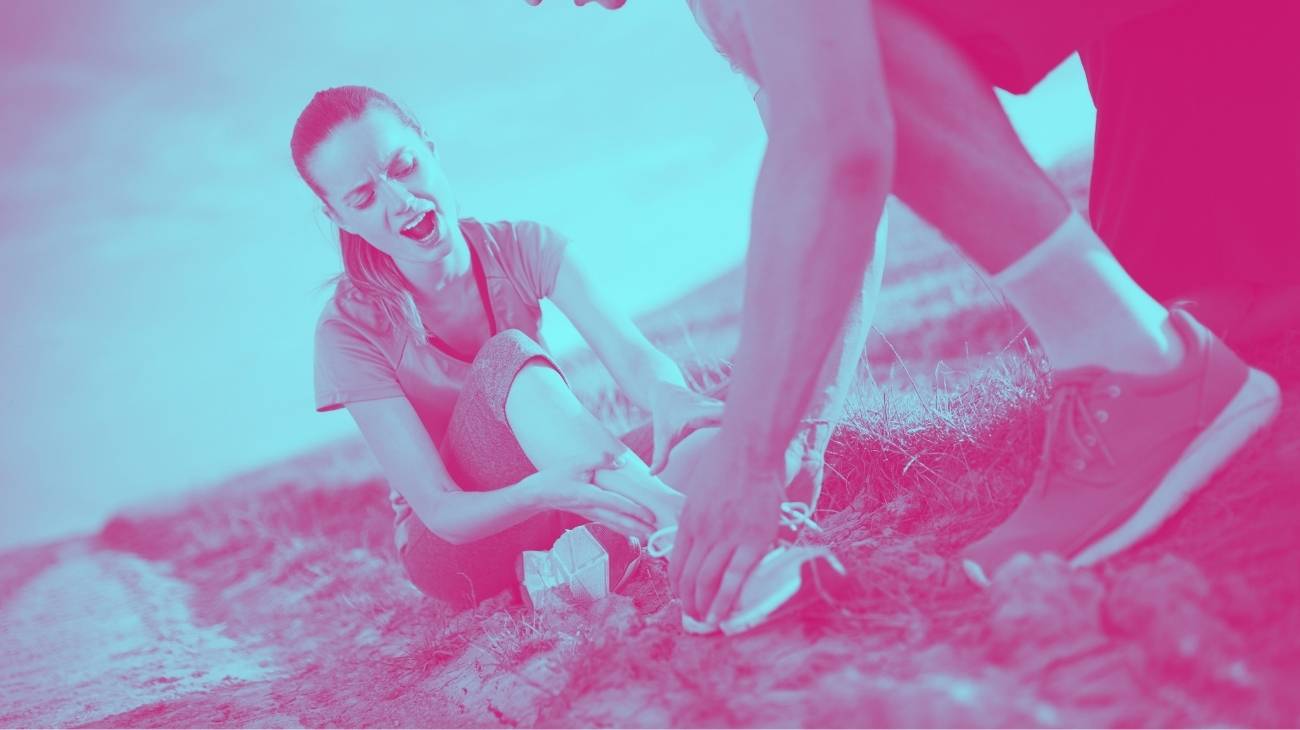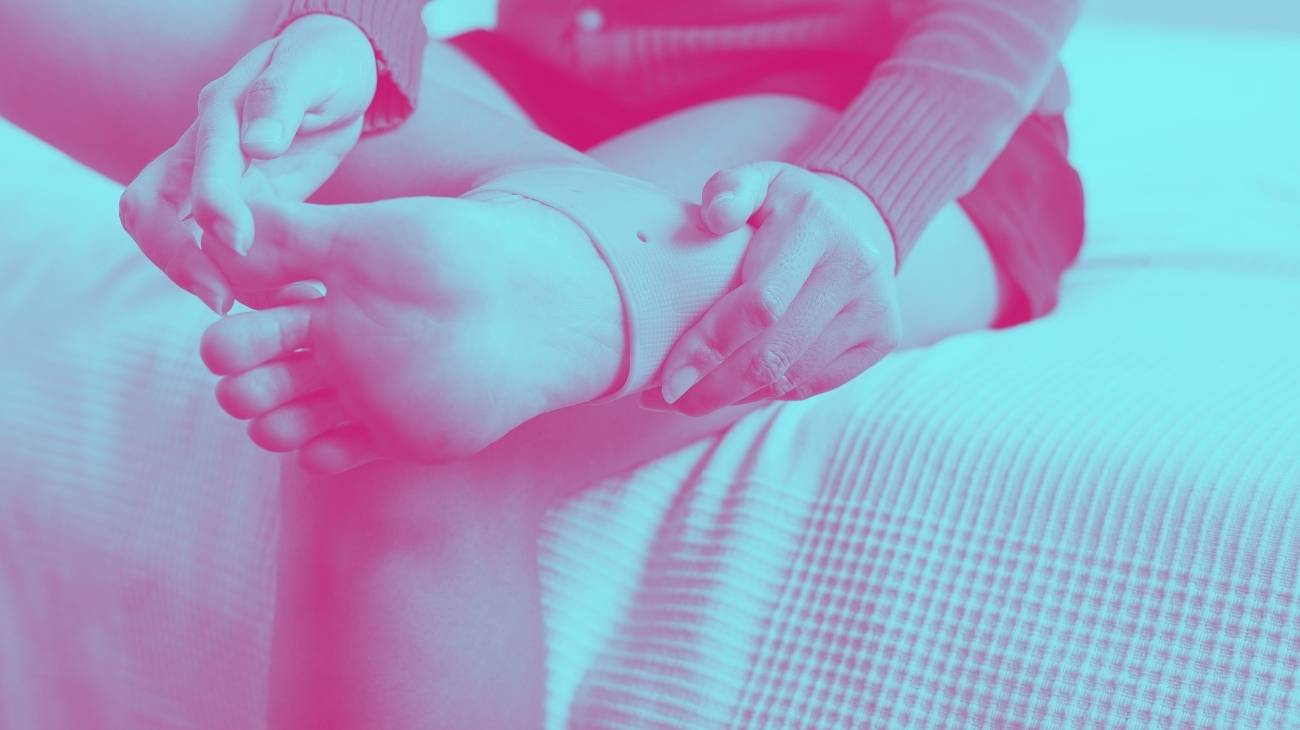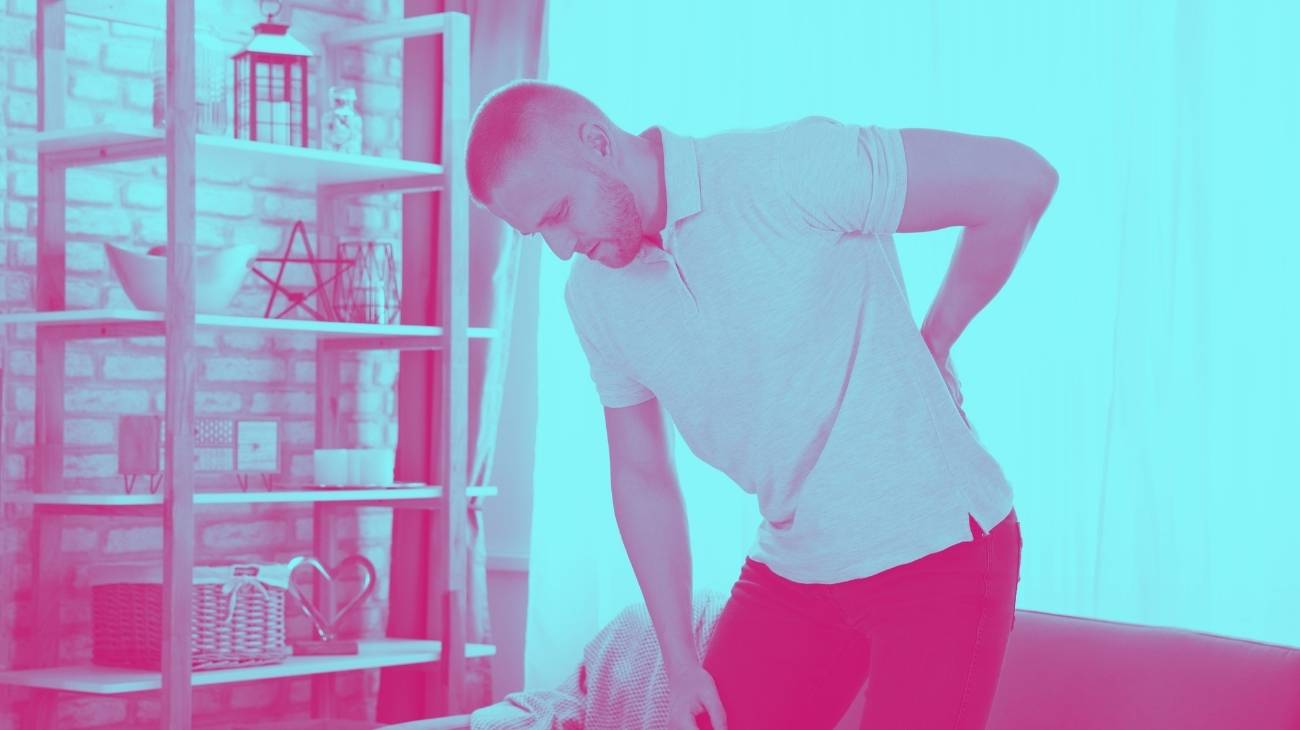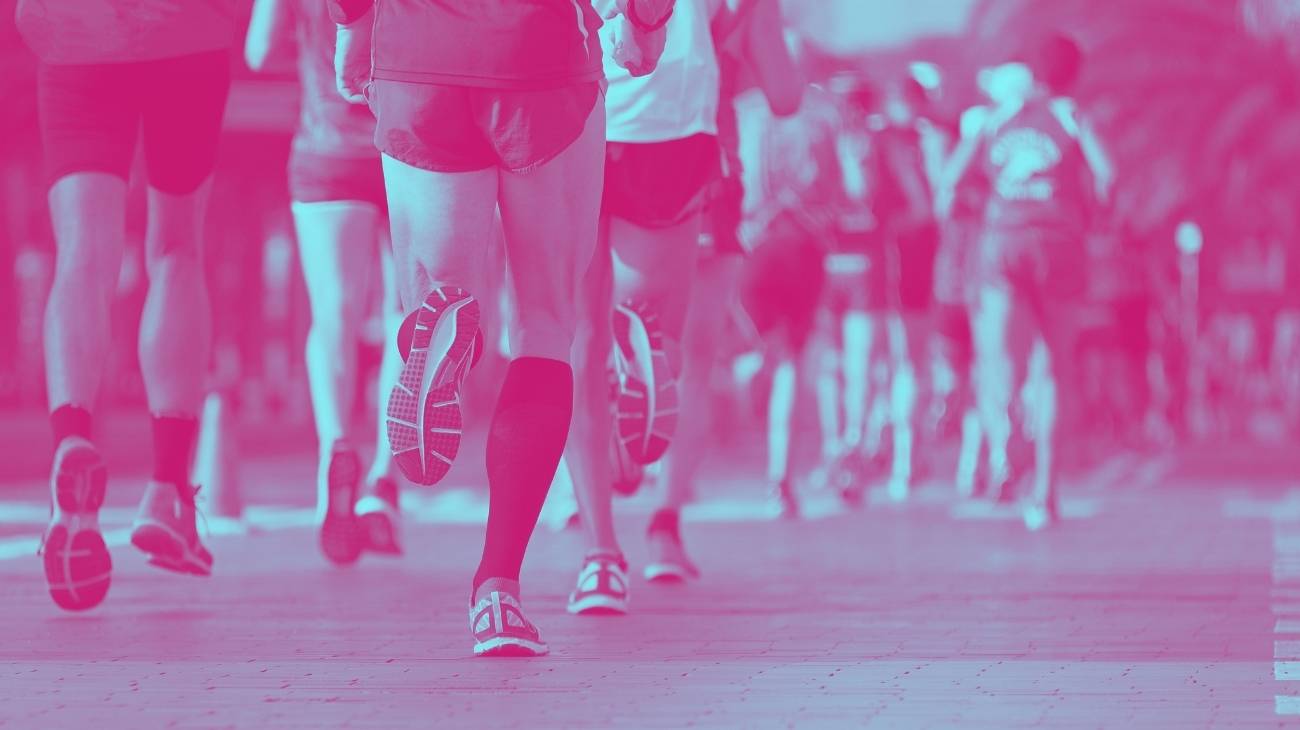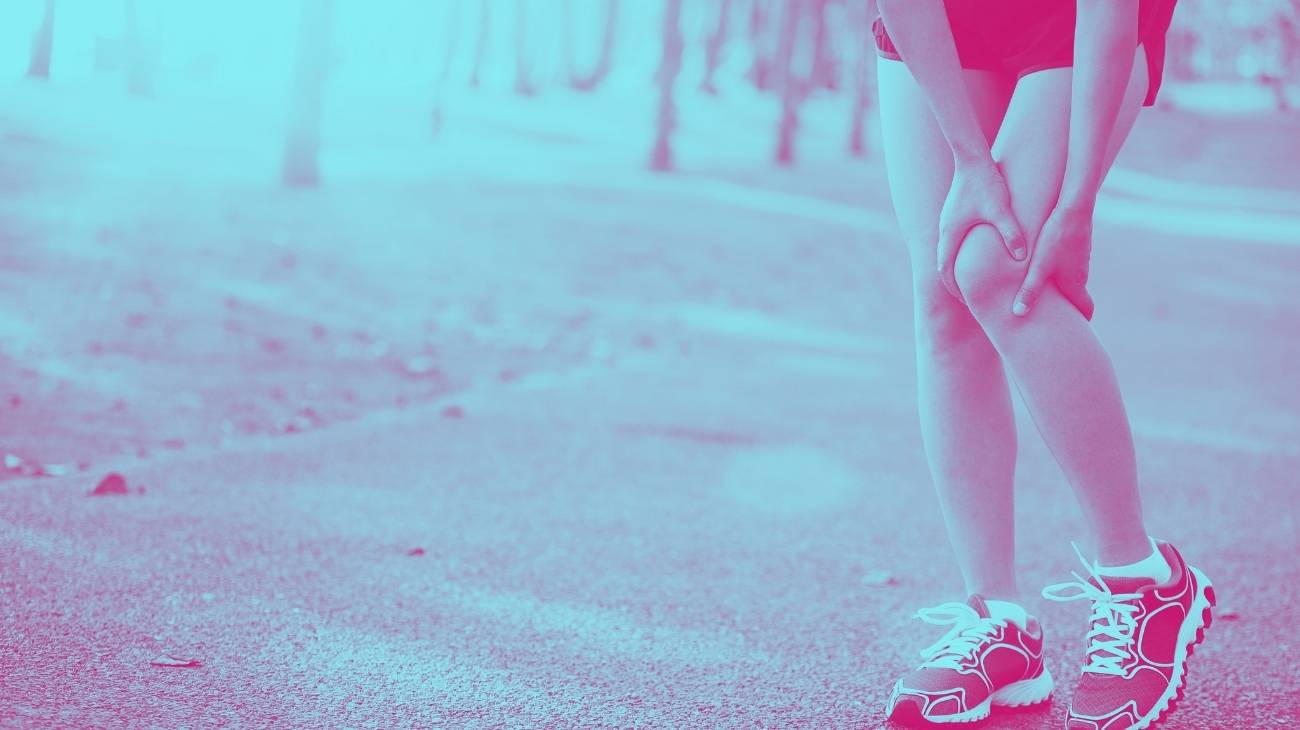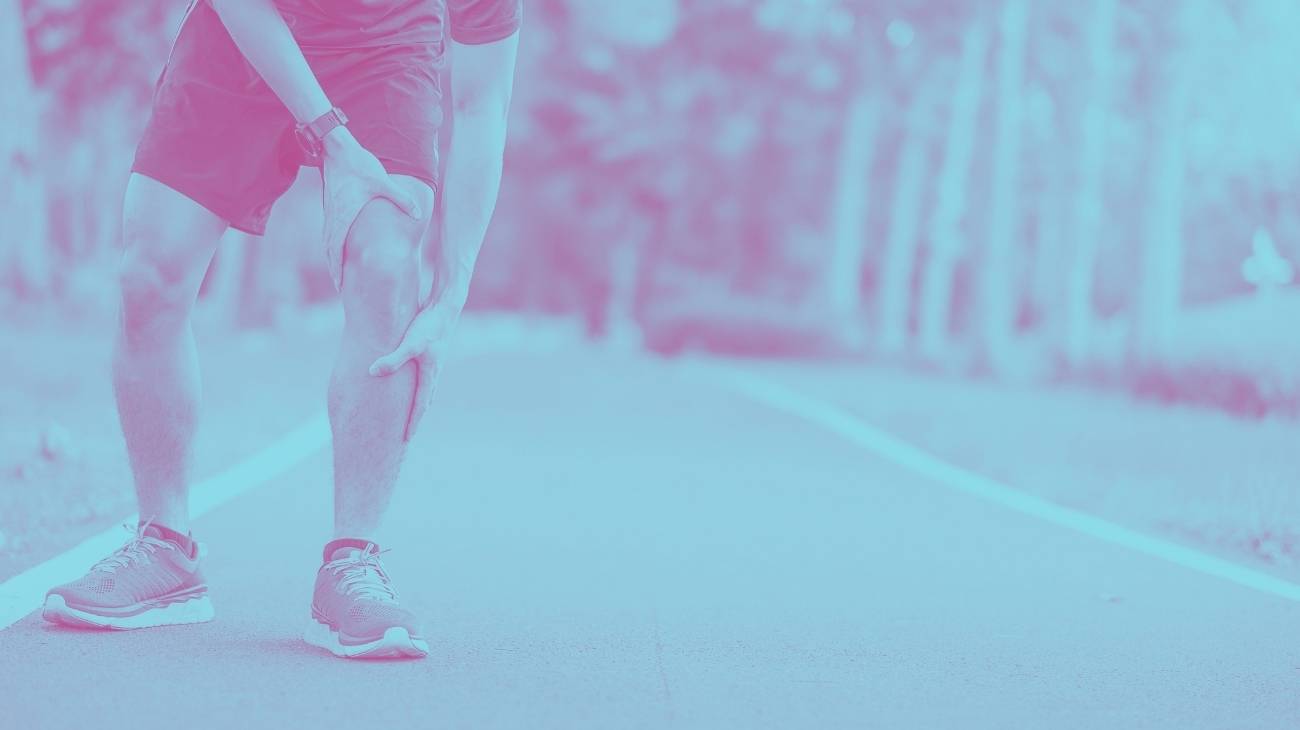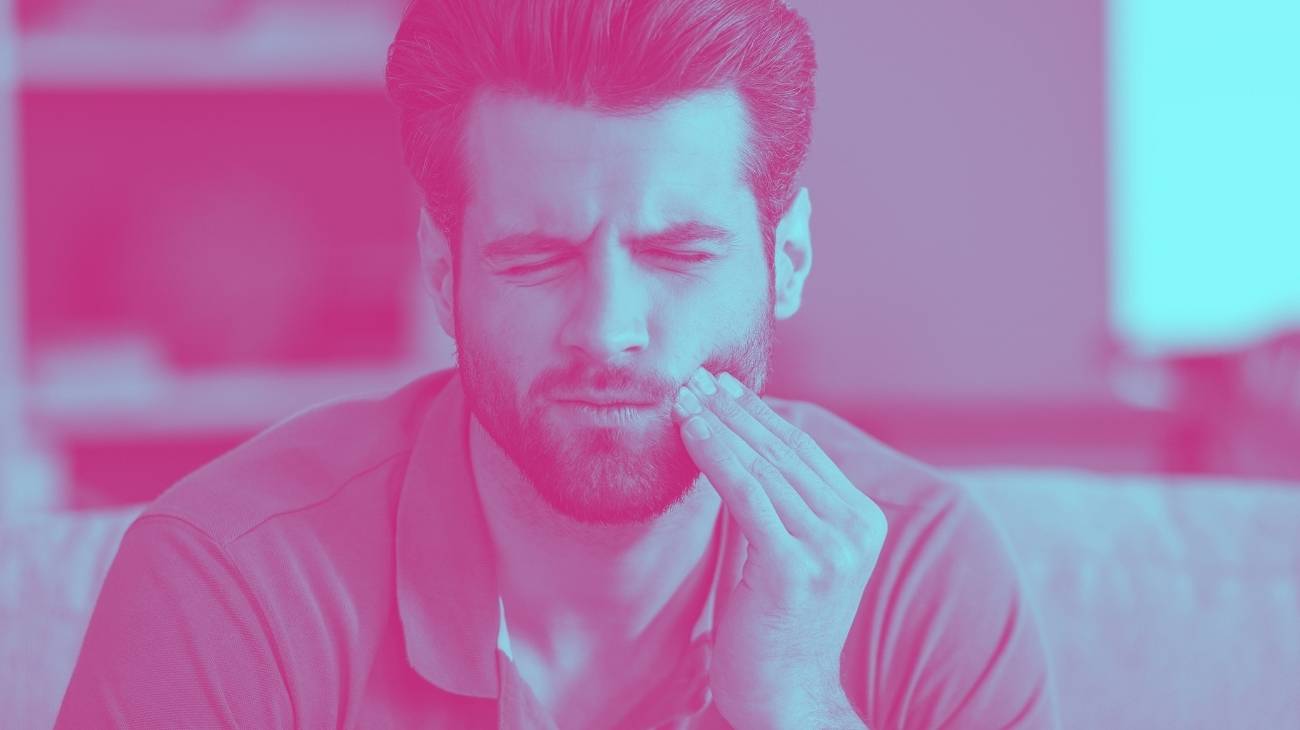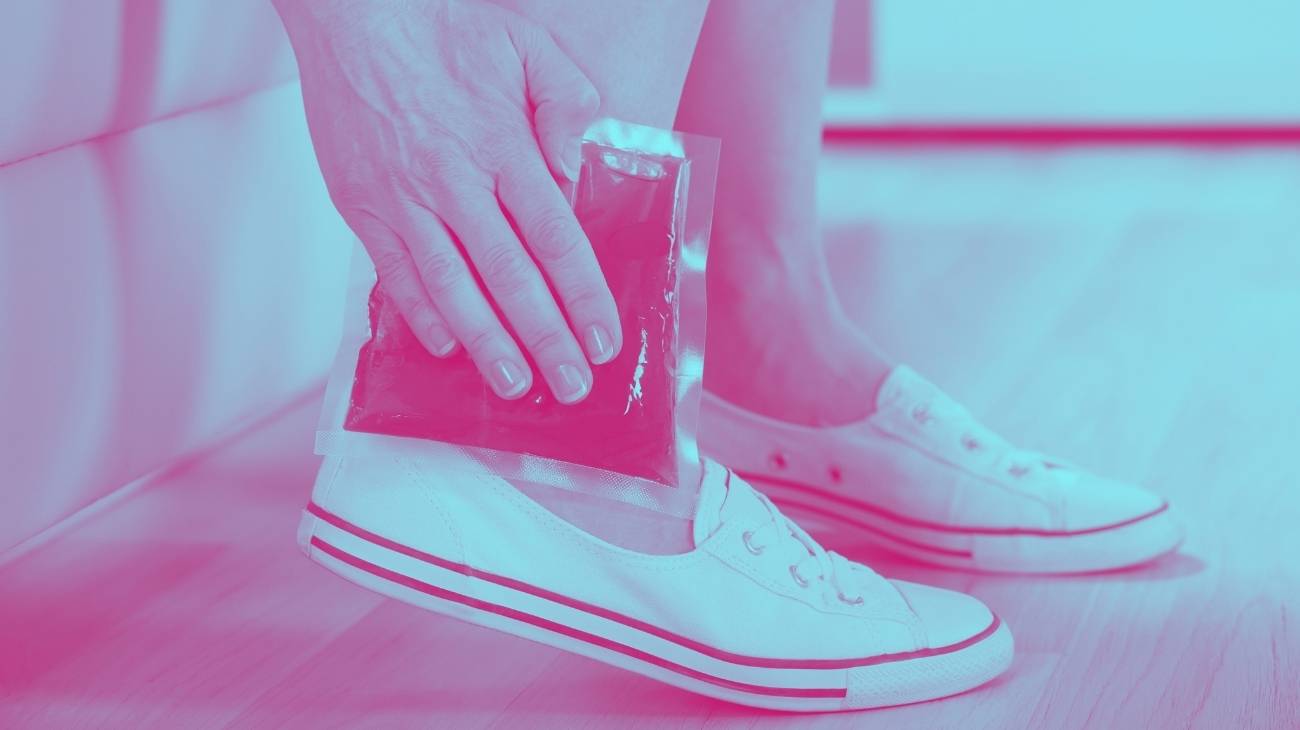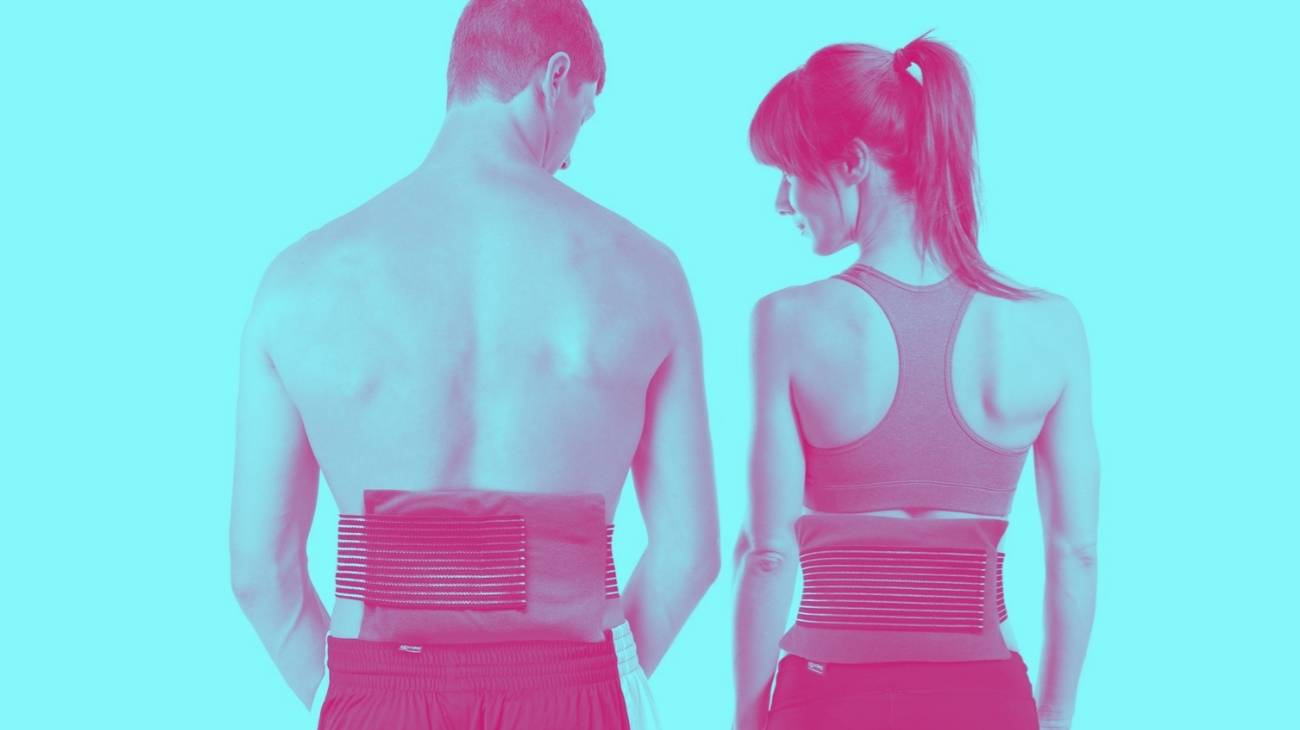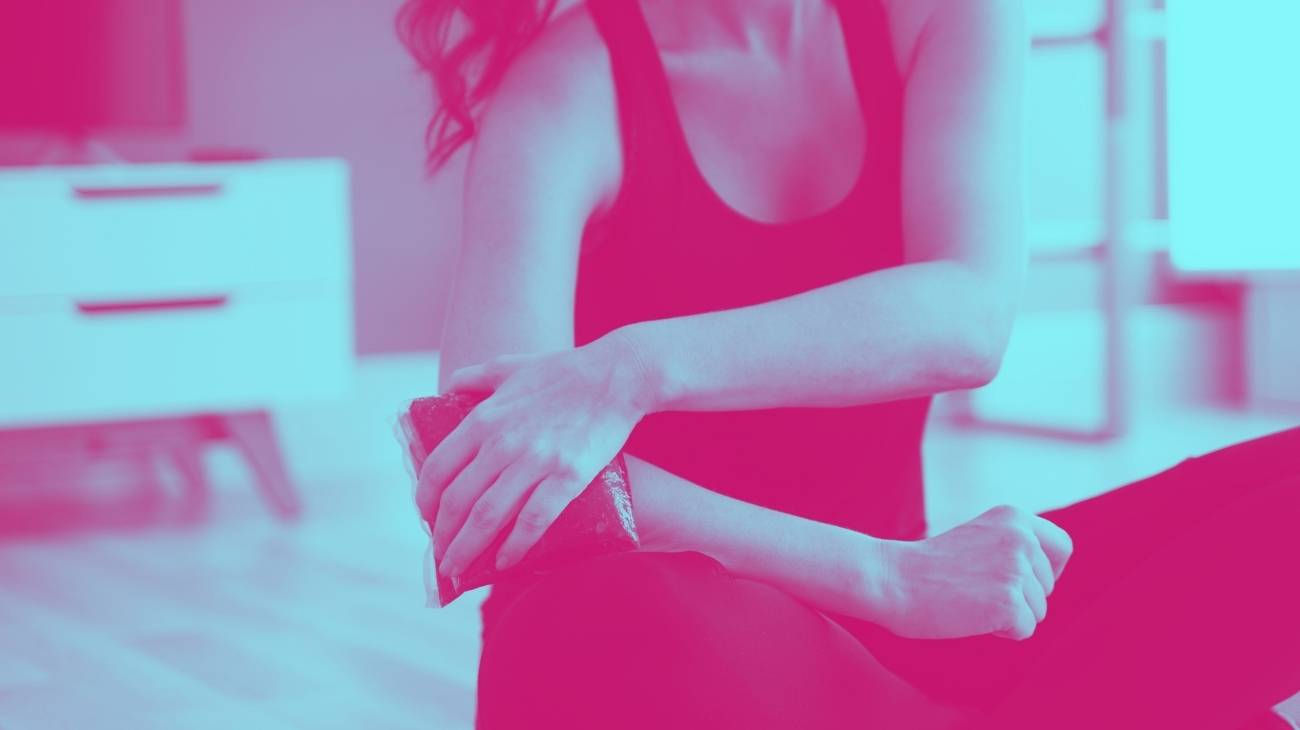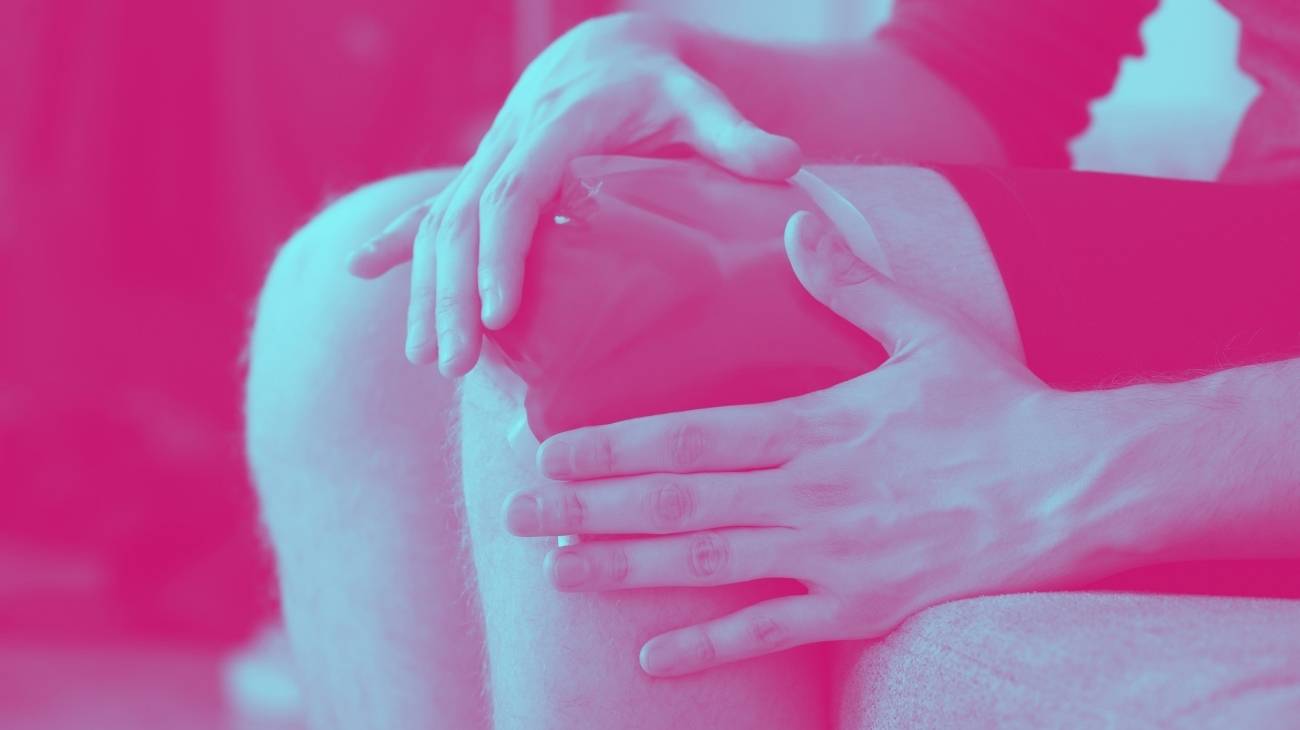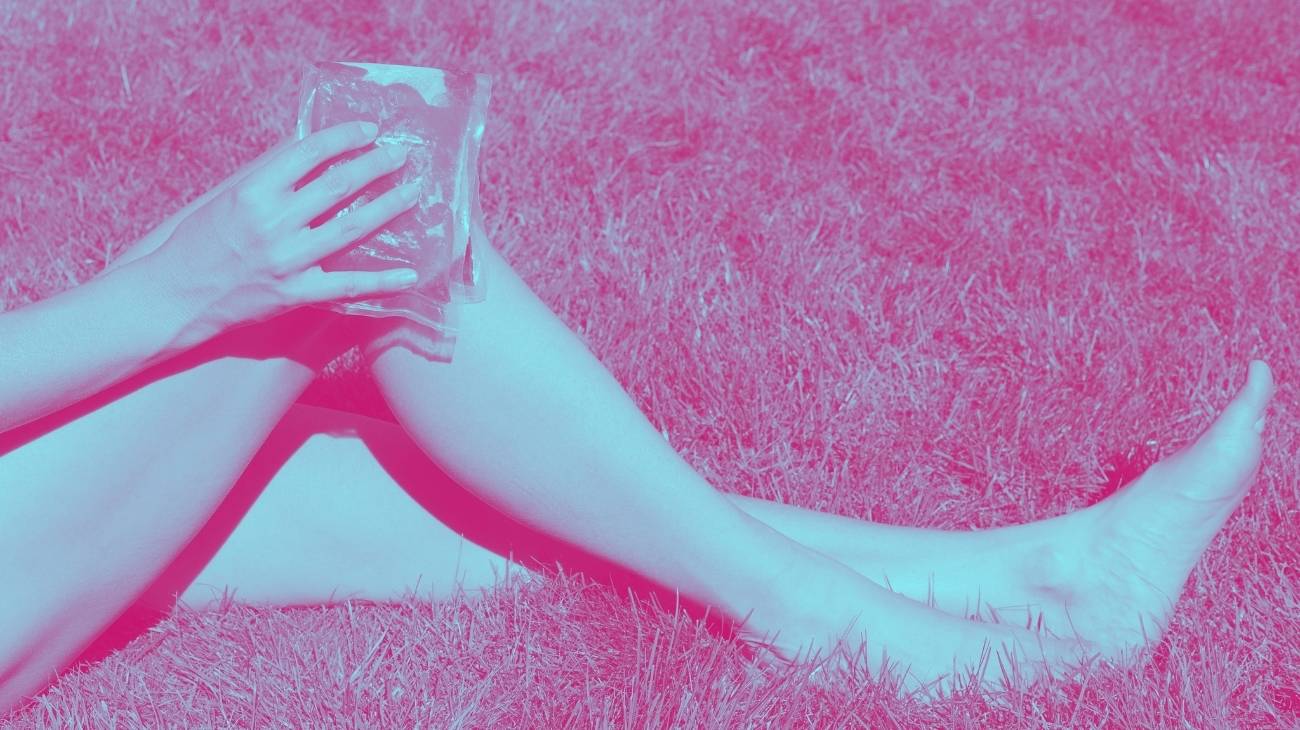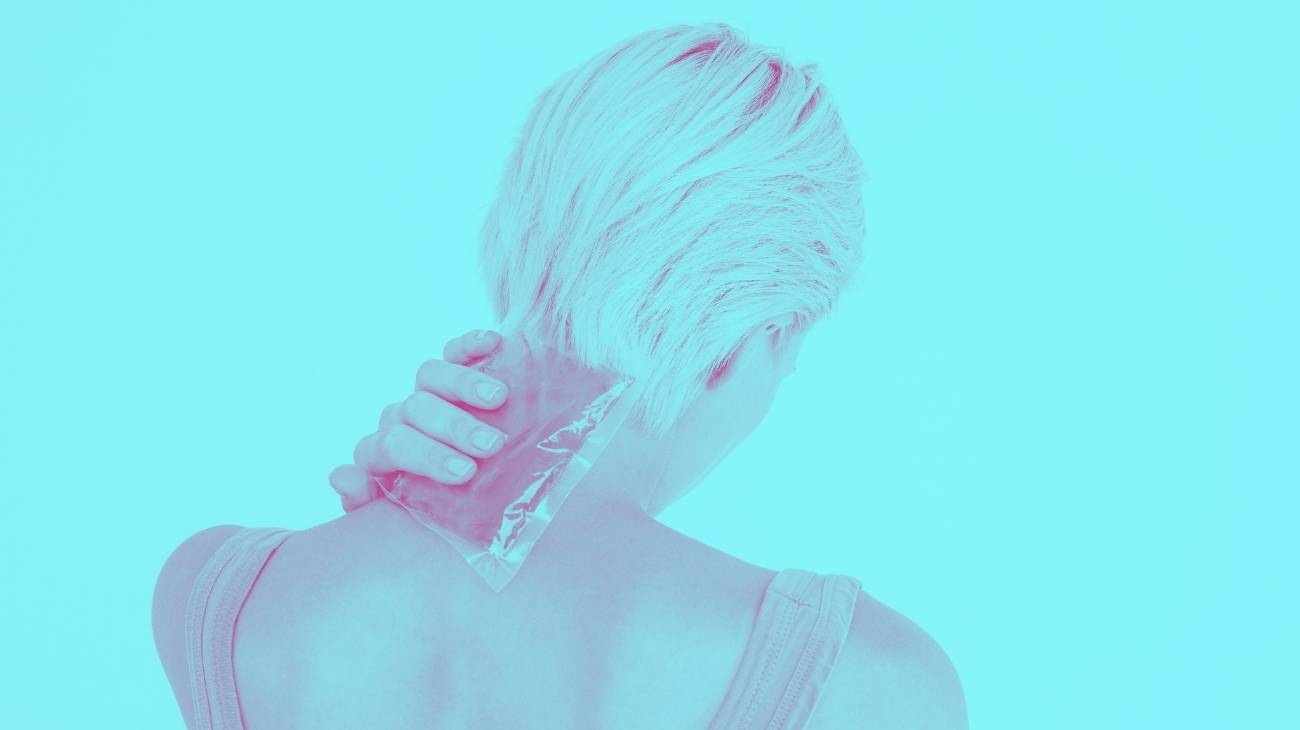- What is the best ice gel pack for childbirth and postpartum?
- Video: How to use hot and cold gel packs?
- Types of hot & cold packs you should know about
- What are the most common symptoms after birth and during breastfeeding?
- Benefits of ice gel packs to relieve the pain of swollen breasts
- How can you use ice gel packs to relieve the inflammation of swollen breasts from breastfeeding?
- The best hot and cold gel packs for pain relief
During the birth process, perineal tears usually occur, causing the mother pain and difficulty walking in the postpartum period. This type of discomfort also occurs during breastfeeding when the breasts are swollen.
In all these cases, it is very useful to use hot and cold gel packs to relieve pain during labour, after birth and during breastfeeding. If you would like to know what the most common symptoms and pains are and how to combat them with this type of therapy, please read the following information.
What is the best ice gel pack for childbirth and postpartum?
- Material: PVC
- Uses: childbirth, postpartum, breastfeeding
- Size: One size
- Cover: Yes
- No. of units: 2 Reusable Gel Packs
- One size fits all
- 2 Pack
- BPA and BPS free
- Small size
When used warm with a breast pump, therapy packs encourage let-down for more efficient pumping. Follow the enclosed directions. Has an array of products for moms and babies focusing on nipple and breast care, pumping moms, breastmilk storage, and feeding your little one. To learn more, visit our Brand Store by clicking the word Lansinoh at the end of the product title.
- Material: PVC
- Uses: childbirth, postpartum, breastfeeding
- Size: 7.8x6.5 Inch
- Cover: Yes
- No. of units: 2 Reusable Gel Packs
- One size fits all
- 2 Pack
- Poor quality
Cold therapy by freezing the gel pad in the freezer for 2 hours or heat the pack in microwave for 10 seconds for hot therapy. Help relieve engorgement, swelling and pain. Ergonomic design makes the cooling breast gel pads comfortablely conforms to the breast and ensure a maximum therapy benefits. The gel pads stays flexible even after frozen.
- Material: PVC and fabric cover
- Uses: childbirth, postpartum, breastfeeding
- Size: One size
- Cover: Yes
- No. of units: 2 Reusable Gel Packs
- One size fits all
- 2 Pack
- BPA and Latex free
- Poor adjustment
When wrapped around the breastpump flanges (with free soft-sleeves included) it will help you to encourage let-down, increase milk supply and reduce time pumping in one easy step. These breast pads will retain heat and cold for longer periods of time than other regular gel packs effortlessly. Microwave safe so you can heat them in as low as 15 seconds… no more wasted time boiling water to heat regular gel pads that won’t retain heat long enough.
- Material: PVC and fabric cover
- Uses: childbirth, postpartum, breastfeeding
- Size: One size
- Cover: Yes
- No. of units: 2 Reusable Gel Packs
- Exclusive design
- 2 Pack
- BPA Free
- No variety of colors
For engorged breasts while using your favorite breast pump or before/after feeding your baby. Provides effective breastfeeding support and increased comfort during breastfeeding. To use warm place them in the microwave, to cool place them in the freezer.
- Material: PVC
- Uses: Vasectomy, Hemorrhoid, Toothache
- Size: Various sizes
- Color: One
- No. of units: 7 Reusable Gel Packs
- One size fits all
- 7 Gel Packs
- Poor quality
- Not comfortable
Stuff an ice-cold gel pack in a lunch box to keep food fresh and cool all day. They make great freezer packs for lunch bags and boxes, as well as coolers when out on a trip to the beach or a weekend in the woods. Throw several frozen packs in the cooler, and away you go! No more messy ice cubes.
Video: How to use hot and cold gel packs?
Types of hot & cold packs you should know about
What are the most common symptoms after birth and during breastfeeding?
In the following, we would like to inform you about the most common symptoms that occur during labour and breastfeeding:
The most common postpartum symptoms
Postpartum injuries, also called "perineal trauma", are injuries to the genital area between the vagina and anus during childbirth. Whether the delivery was vaginal, by caesarean section, with or without sutures, the woman will experience pain and discomfort during the recovery process.
In a normal birth, it may be necessary to cut the perineum to give the foetus more space for birth. This procedure is also called an episiotomy, and during the recovery process after birth, the mother will have pain and difficulty walking.
Here are some of them:
- After the birth of the child, the uterus continues to contract, especially during breastfeeding. However, this symptom only lasts a few days.
- Chills and hot flushes: As the body adjusts to the hormonal changes and blood flow, the internal thermostat can become unbalanced, leading to chills and hot flushes.
- Constipation: After birth, the stretching of the perineal muscles can make it difficult to urinate or void, especially during long vaginal births. Therefore, any exertion, laughing or sneezing may cause pain and discomfort.
- Haemorrhoids: You should not expect haemorrhoids or piles in the postpartum period.
- Anaemia: This is caused by blood loss during childbirth.
- Lochia (vaginal discharge): You may experience heavy vaginal discharge, sometimes accompanied by blood clots. It disappears after a few weeks and becomes lighter and lighter until it takes on a whitish or yellowish colour.
- Weight loss: Some women lose 5 to 6 kilos (12 to 13 pounds). This is due to the expulsion of the baby, placenta and amniotic fluid, but also to the extra weight of the water that falls off in the first few weeks as the body regains its balance.
- Breast tenderness and pain: After delivery, milk begins to flow into the breasts. If the nipple is engorged, it causes discomfort and pain in the nipples.
The most common symptoms of breastfeeding
After delivery, there is a drop in placental hormones, causing prolactin to rise. This action is triggered so that milk secretion occurs, but other symptoms are also triggered in the process:
- Breast swelling: This can occur in one or both breasts and cause pain and swelling. This discomfort extends to the armpit as the lymph nodes in this area are swollen and tender.
- Hot or lumpy breasts: These are the result of all the bodily hormonal processes that take place in the breasts.
- Shiny appearance: You will notice that the breasts are stretched and shiny, with increased sensitivity, especially around the nipples, which can be hard and flat.
- Engorgement: engorgement of the breasts may cause the body temperature to rise to 37.5 to 38.3ºC.
- Pain when breastfeeding: In the first few days, feeding the baby can be very painful.
- Mastitis or blocked milk ducts: Many women stop breastfeeding to avoid the acute pain, but this only makes the situation worse. Failure to empty the breast can lead to blocked milk ducts, mastitis or even a decrease in milk production.
- Other symptoms: Other symptoms may include general malaise, chills, low mood, etc.
Benefits of ice gel packs to relieve the pain of swollen breasts
However, besides relieving pain and inflammation at this stage, it has other benefits, which we will discuss below:
- Reduction of pain and swelling: This is achieved by reducing blood flow, metabolic activity and numbness of the skin.
- Alleviates discomfort: If the pain is recent, cold is the best remedy for discomfort experienced during breastfeeding as it gradually relieves the pain and inflammation.
- Promotes milk production: cold stimulates milk production, and the more milk produced, the better it meets the baby's needs, providing a sense of relief and comfort.
- Breast pressure relief: The greater the feeling of relief, the more confident the mother feels when breastfeeding. Pumping the milk reduces the pressure on the breasts.
- Better mood: as pain and swelling decrease, the likelihood of postpartum blues, which are caused by exhaustion, pain, discomfort and stress due to the trauma, decreases.
- Faster and more efficient recovery: The greater the sense of well-being due to the gradual decrease in pain and swelling, the faster the recovery time after birth.
- Reduced risk of sudden infant death syndrome: By relieving pain and swelling, it makes it easier for women to breastfeed. It also reduces the risk of gastrointestinal, urinary and respiratory diseases, obesity and future chronic diseases.
- Breastfeeding has a very positive effect on the involution of the uterus, reduces bleeding after birth, delays ovulation and reduces the risk of breast and ovarian cancer before the menopause.
How can you use ice gel packs to relieve the inflammation of swollen breasts from breastfeeding?
Now that you know how important it is to use cold gel packs for breast pain and swelling during breastfeeding, it's time to start using them.
But first, we'll tell you how to use them properly for a successful recovery:
- Freeze the gel packs in the freezer or refrigerator for at least 2 hours.
- Then take them out and touch them to make sure they are the right temperature. If it is too cold to touch, you can take it out of the fridge until it reaches the right temperature.
- Place a cold compress on your breasts for 10 minutes between meals. Our pads have a soft touch cover. This means you don't need to use a towel or flannel to avoid direct contact with your skin.
- Watch your chest area every five minutes when you come into contact with the cold to avoid burns or skin damage.
- Avoid applying cold directly to the nipple or areola as this can have an adverse effect due to the lack of blood supply.
- You can apply cold if necessary. However, if the pain sensation and swelling persist after 72 hours, it is recommended to apply local heat before feeding.






